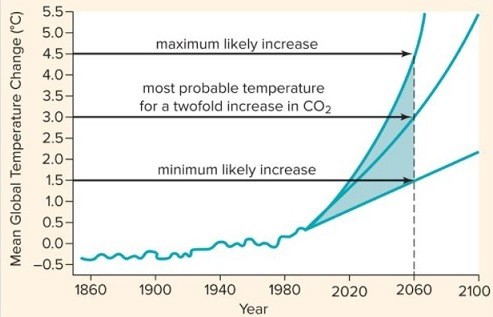How much biomass of krill (in kg) is needed to produce 1,000 kg of whale?
a. 100
b. 2,000
c. 10,000
d. 50,000
e. 100,000
C
You might also like to view...
Adaptive radiation is demonstrated by ____
a. the dinosaurs going extinct b. coelecanths remaining similar over hundreds of millions of years c. the evolution of mammals after dinosaurs went extinct d. rats and resistance to warfarin e. warbler body mass and survival
Which one of the following is the final
consequence of one or more of the others? a. resource partitioning b. competition c. predation d. parasitism e. parasitoidism
A plant is treated with a chemical that blocks the flow of electrons between photosystem II and photosystem I, such that protons are not transported from the stroma into the thylakoid compartment. What is the effect of this chemical on photosynthesis?
A. a decreased proton gradient will cause less ATP to be produced from the light reactions. B. the increased number of protons will be directly used in the thylakoid to produce glucose. C. an increased proton gradient will provide the energy needed to produce ATP from the light reactions. D. the increased proton gradient will be used to make NADPH for the Calvin cycle.
Scientists have predicted minimum, maximum, and probable temperature increases due to global warming by the year 2060 that will lead to further species extinctions.  A. What is the maximum likely increase in temperature by the year 2060?B. What is the minimum likely increase in temperature by the year 2060?C. What is the most probable increase in temperature by the year 2060?
A. What is the maximum likely increase in temperature by the year 2060?B. What is the minimum likely increase in temperature by the year 2060?C. What is the most probable increase in temperature by the year 2060?
What will be an ideal response?